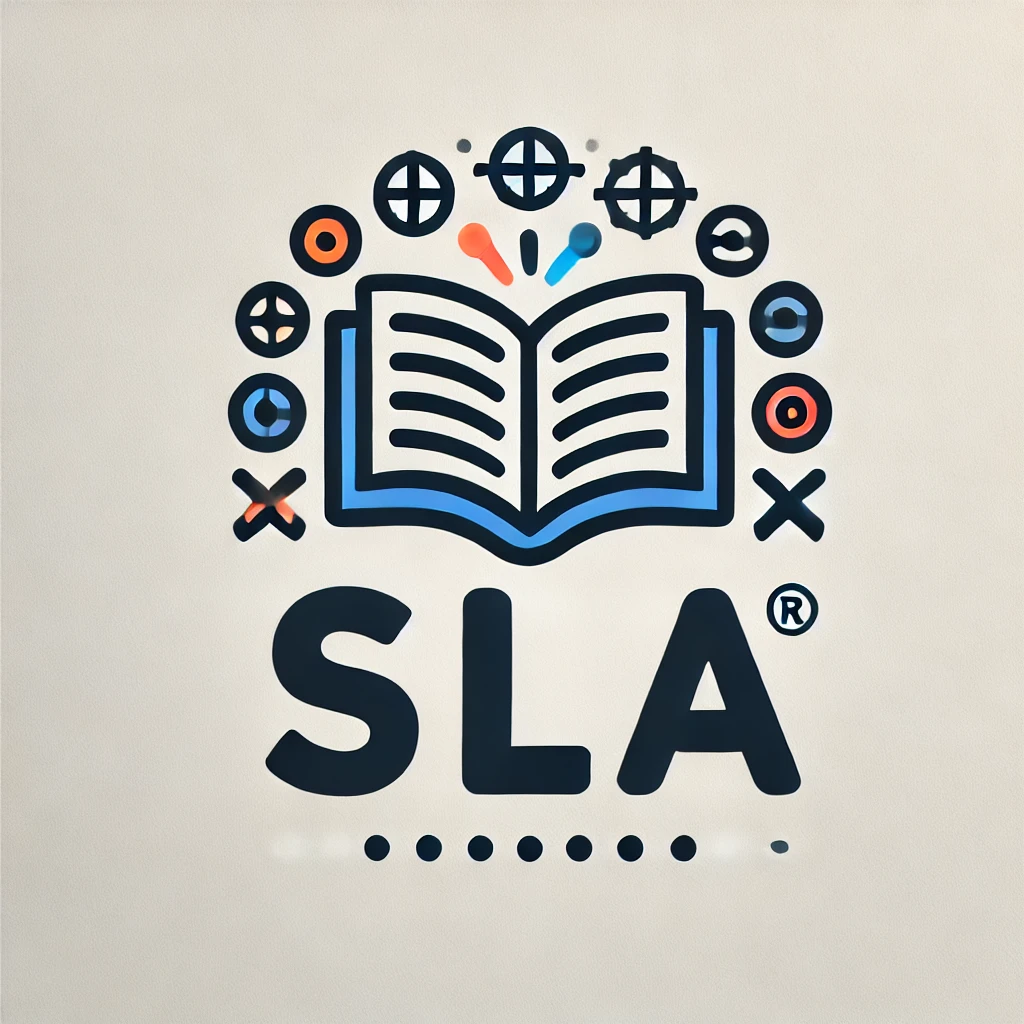Understanding Language Rule Systems
In the study of linguistics, language rule systems are essential for understanding how grammar works in different languages. These rule systems help create a framework for how words are used and sentences are formed in a language. In this article, we will explore the five main language rule systems that linguists use to analyze and describe languages from around the world.
Phonology
Phonology is the study of speech sounds in language. This rule system focuses on the sounds themselves, how they are produced, and how they are perceived by speakers of a particular language. Understanding phonology helps us analyze the patterns and rules that govern the sound structure of a language.
Morphology
Morphology is the study of word formation and structure. This rule system focuses on how words are created by combining morphemes, which are the smallest units of meaning in a language. By studying morphology, linguists can understand how words are formed, inflected, and modified to convey different meanings.
Syntax
Syntax is the study of sentence structure and word order. This rule system focuses on the rules that govern how words are combined to form grammatically correct sentences. Understanding syntax helps us analyze the relationships between different words in a sentence and how they contribute to the overall meaning of a message.
Semantics
Semantics is the study of meaning in language. This rule system focuses on how words, phrases, and sentences convey meaning and how meaning is interpreted by speakers of a language. By studying semantics, linguists can analyze how words are used to represent concepts, ideas, and relationships in communication.
Pragmatics
Pragmatics is the study of language use in context. This rule system focuses on how language is used in social situations to achieve specific goals and convey meaning beyond the literal interpretation of words. Understanding pragmatics helps us analyze how language is influenced by factors such as culture, social norms, and the relationship between speakers.
The Interplay of Language Rule Systems
While we have discussed the five main language rule systems separately, it is important to understand that these rule systems are interconnected and work together to create a coherent system of language. Phonology, morphology, syntax, semantics, and pragmatics all play a role in how language is structured, used, and interpreted.
Phonology and Morphology
Phonology and morphology are closely related in language. The sound structure of a language (phonology) influences how words are formed and structured (morphology). For example, the phonological rules of a language may dictate how sounds are pronounced and how they interact with each other when forming words.
Morphology and Syntax
Morphology and syntax are also interconnected in language. The structure of words (morphology) affects how words are combined to form grammatically correct sentences (syntax). For example, the way that words are inflected or modified in a language can impact how they are arranged in a sentence to convey meaning.
Syntax and Semantics
Syntax and semantics are closely tied in language. The rules of sentence structure (syntax) influence how meaning is conveyed and interpreted in communication (semantics). For example, word order in a sentence can change the meaning of a message, even if the individual words remain the same.
Semantics and Pragmatics
Semantics and pragmatics are interconnected in language use. The study of meaning (semantics) is influenced by how language is used in social contexts to achieve specific goals (pragmatics). For example, the same words can have different meanings based on the context in which they are used and the intentions of the speaker.
Phonology and Pragmatics
Phonology and pragmatics also interact in language use. The sound structure of a language (phonology) can affect how language is used in social situations to achieve specific goals (pragmatics). For example, the tone of voice or intonation patterns in speech can convey different meanings or emotions in a conversation.

Analyzing Language Rule Systems
Linguists use the five language rule systems to analyze and describe different languages from around the world. By applying these rule systems, linguists can identify patterns, rules, and structures in language that help us understand how communication works.
Comparative Analysis
One way linguists analyze language rule systems is through comparative analysis. By comparing different languages, linguists can identify similarities and differences in how phonology, morphology, syntax, semantics, and pragmatics are structured and used. This comparative approach helps us understand the universal principles that govern language as well as the unique features of individual languages.
Rule-Based Analysis
Another method of analyzing language rule systems is through rule-based analysis. Linguists identify the rules and patterns that govern how words are structured and used in a language. By breaking down language into its component parts and analyzing how these parts interact, linguists can describe and explain the underlying rules that govern how language works.
Corpus Analysis
Corpus analysis is a method of studying language rule systems by analyzing large collections of texts or spoken language. By examining real-world language use, linguists can identify patterns, trends, and common structures that occur in different contexts. Corpus analysis helps us understand how language is actually used by speakers in everyday communication.
Experimental Analysis
Experimental analysis involves conducting experiments to study how language rule systems operate in practice. By designing experiments that test specific hypotheses about language structure and use, linguists can gather empirical data that supports or refutes different theories about language. Experimental analysis helps us validate and refine our understanding of language rule systems.

Applications of Language Rule Systems
Language rule systems have practical applications in various fields, from language teaching and translation to artificial intelligence and speech recognition. By understanding the principles that govern how language works, we can develop tools and technologies that enhance communication and facilitate cross-cultural understanding.
Language Teaching
Language rule systems are essential for teaching and learning a second language. By understanding the rules of phonology, morphology, syntax, semantics, and pragmatics, language learners can improve their pronunciation, vocabulary, and grammar skills. Language teachers use these rule systems to design effective language lessons and assessments that help students develop their language proficiency.
Translation and Interpretation
Language rule systems are critical for translation and interpretation services. Translators and interpreters rely on their understanding of phonology, morphology, syntax, semantics, and pragmatics to accurately convey meaning between languages. By applying these rule systems, language professionals can ensure that messages are accurately and effectively communicated across language barriers.
Artificial Intelligence
Language rule systems are also used in artificial intelligence and natural language processing. By encoding linguistic rules into algorithms and models, developers can create intelligent systems that understand and generate human language. These systems power applications such as chatbots, virtual assistants, and machine translation tools that enable interaction between humans and computers using language.
Speech Recognition
Speech recognition technologies rely on language rule systems to accurately transcribe spoken language into text. By analyzing phonological patterns, syntactic structures, and semantic cues in speech, these systems can recognize and interpret spoken words in real-time. Speech recognition tools are used in applications such as voice assistants, dictation software, and accessibility features that enable hands-free communication.

Conclusion
In conclusion, language rule systems are essential for understanding how language works and how communication is structured in different languages. By studying phonology, morphology, syntax, semantics, and pragmatics, linguists can analyze the patterns, rules, and structures that govern language use. These rule systems help us understand the interplay of sounds, words, sentences, and meanings in communication, as well as how language is used in social contexts to achieve specific goals. By applying these rule systems, we can enhance our understanding of how language operates and develop tools and technologies that facilitate effective communication in a globalized world.

